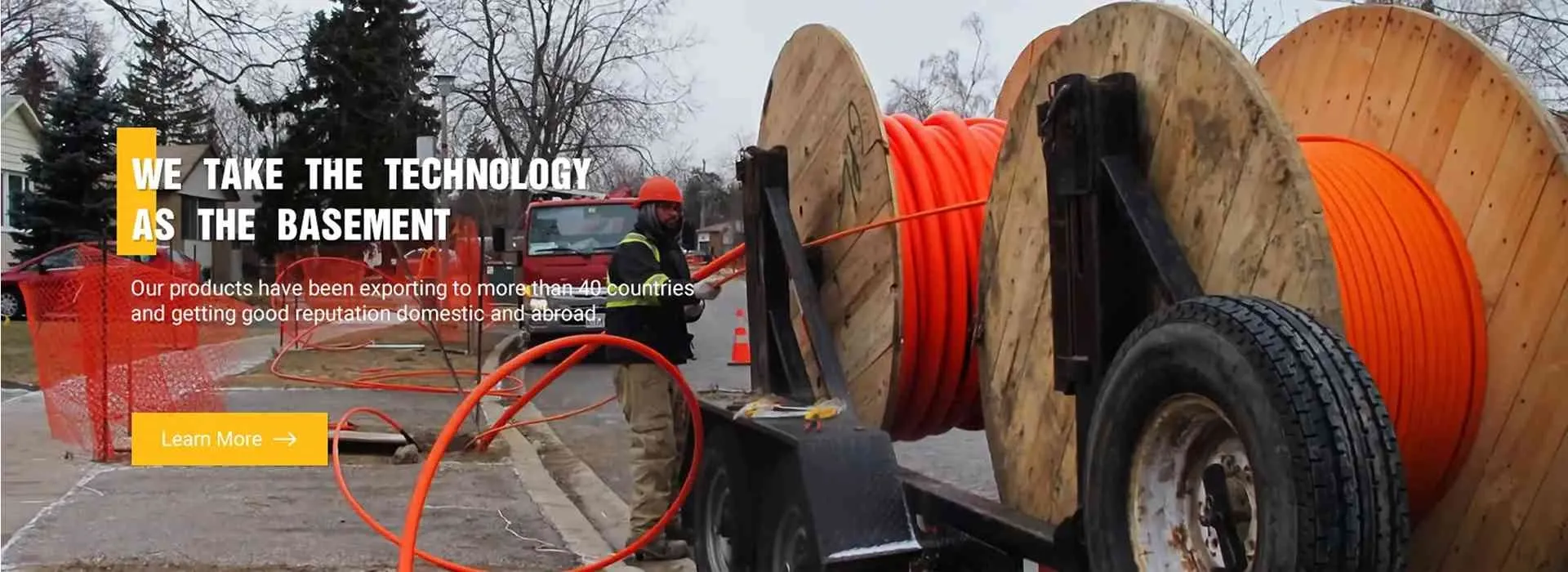
-
 Afrikaans
Afrikaans -
 Albanian
Albanian -
 Amharic
Amharic -
 Arabic
Arabic -
 Armenian
Armenian -
 Azerbaijani
Azerbaijani -
 Basque
Basque -
 Belarusian
Belarusian -
 Bengali
Bengali -
 Bosnian
Bosnian -
 Bulgarian
Bulgarian -
 Catalan
Catalan -
 Cebuano
Cebuano -
 Corsican
Corsican -
 Croatian
Croatian -
 Czech
Czech -
 Danish
Danish -
 Dutch
Dutch -
 English
English -
 Esperanto
Esperanto -
 Estonian
Estonian -
 Finnish
Finnish -
 French
French -
 Frisian
Frisian -
 Galician
Galician -
 Georgian
Georgian -
 German
German -
 Greek
Greek -
 Gujarati
Gujarati -
 Haitian Creole
Haitian Creole -
 hausa
hausa -
 hawaiian
hawaiian -
 Hebrew
Hebrew -
 Hindi
Hindi -
 Miao
Miao -
 Hungarian
Hungarian -
 Icelandic
Icelandic -
 igbo
igbo -
 Indonesian
Indonesian -
 irish
irish -
 Italian
Italian -
 Japanese
Japanese -
 Javanese
Javanese -
 Kannada
Kannada -
 kazakh
kazakh -
 Khmer
Khmer -
 Rwandese
Rwandese -
 Korean
Korean -
 Kurdish
Kurdish -
 Kyrgyz
Kyrgyz -
 Lao
Lao -
 Latin
Latin -
 Latvian
Latvian -
 Lithuanian
Lithuanian -
 Luxembourgish
Luxembourgish -
 Macedonian
Macedonian -
 Malgashi
Malgashi -
 Malay
Malay -
 Malayalam
Malayalam -
 Maltese
Maltese -
 Maori
Maori -
 Marathi
Marathi -
 Mongolian
Mongolian -
 Myanmar
Myanmar -
 Nepali
Nepali -
 Norwegian
Norwegian -
 Norwegian
Norwegian -
 Occitan
Occitan -
 Pashto
Pashto -
 Persian
Persian -
 Polish
Polish -
 Portuguese
Portuguese -
 Punjabi
Punjabi -
 Romanian
Romanian -
 Russian
Russian -
 Samoan
Samoan -
 Scottish Gaelic
Scottish Gaelic -
 Serbian
Serbian -
 Sesotho
Sesotho -
 Shona
Shona -
 Sindhi
Sindhi -
 Sinhala
Sinhala -
 Slovak
Slovak -
 Slovenian
Slovenian -
 Somali
Somali -
 Spanish
Spanish -
 Sundanese
Sundanese -
 Swahili
Swahili -
 Swedish
Swedish -
 Tagalog
Tagalog -
 Tajik
Tajik -
 Tamil
Tamil -
 Tatar
Tatar -
 Telugu
Telugu -
 Thai
Thai -
 Turkish
Turkish -
 Turkmen
Turkmen -
 Ukrainian
Ukrainian -
 Urdu
Urdu -
 Uighur
Uighur -
 Uzbek
Uzbek -
 Vietnamese
Vietnamese -
 Welsh
Welsh -
 Bantu
Bantu -
 Yiddish
Yiddish -
 Yoruba
Yoruba -
 Zulu
Zulu


Nov . 20, 2024 11:02 Back to list
'10mm twin and earth cable prices - measuring wheel'
Understanding 10mm Twin and Earth Cable Prices
When it comes to electrical installations, the choice of cable is crucial for safety and performance. One commonly used type is the 10mm twin and earth cable, which is frequently employed in domestic and commercial wiring. This article delves into the factors influencing the prices of 10mm twin and earth cables, enabling consumers and professionals alike to make informed decisions.
What is 10mm Twin and Earth Cable?
The 10mm twin and earth cable consists of two insulated conductors (live and neutral) and a bare earth conductor. It's typically used for circuits requiring a greater current capacity, such as those for electric heating, cookers, and larger appliances. The '10mm' refers to the cross-sectional area of the copper conductors, which correlates to the amount of current the cable can safely carry.
Factors Affecting Cable Prices
1. Material Costs The primary component of any electrical cable is the copper used for the conductors. Fluctuations in copper prices significantly impact the overall cost of the cable. Global demand, mining costs, and geopolitical factors can all lead to price volatility.
'10mm twin and earth cable prices - measuring wheel'

2. Standards and Compliance Cables need to comply with specific industry standards and regulations to ensure safety. Premium cables that meet higher safety standards might carry a higher price tag compared to non-compliant options. Investing in compliant cables may save costs in the long run by preventing potential hazards.
3. Length of Cable The price of 10mm twin and earth cable also varies with the length purchased. Bulk buying can often result in lower prices per meter, making it more economical for larger projects.
4. Manufacturing Brand Renowned brands that are well-respected in the industry may charge more for their cables. These brands often guarantee better quality and reliability, making them a favored choice for many electricians and contractors.
5. Market Demand Seasonal or project-specific demand can also influence prices. For instance, during periods of heavy construction or renovation, demand for electrical cables increases, potentially driving prices up.
Conclusion
Understanding the dynamics of 10mm twin and earth cable pricing is essential for anyone involved in electrical projects. By considering factors such as material costs, compliance standards, and market demand, consumers can make informed purchasing decisions. Whether you are a DIY enthusiast or a seasoned electrician, recognizing these elements will not only help you save costs but also ensure that you are using the best products for your specific needs. Always compare prices from multiple suppliers and invest wisely in quality materials to guarantee safety and performance in your electrical installations.
Latest news
What Are Construction Tools and How Are They Used?
NewsJul.11,2025
Professional-Grade Duct Rodding Tools for Superior Cable Installation
NewsJul.11,2025
Enhancing Safety and Efficiency with Modern Hot Stick Solutions
NewsJul.11,2025
Empowering Cable Installation with Advanced Rodder Solutions
NewsJul.11,2025
Elevate Your Cable Installation Projects with Cable Pulling Tools
NewsJul.11,2025
Efficient Cable Handling Solutions: Cable Rollers for Sale
NewsJul.11,2025











